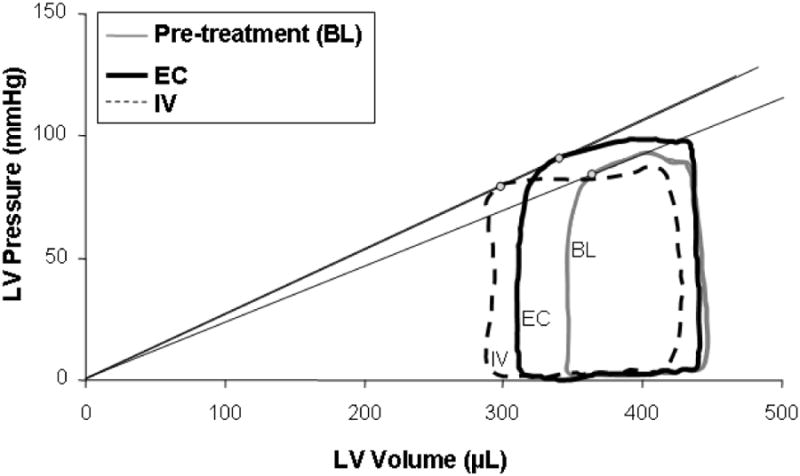Fig. 2. Sample pressure-volume loops before and after EC and IV dobutamine (0.5 μg/kg/min) treatment.

In this example, the LV pressure to volume ratio at end systole (Pes/Ves, circular markers), an index of contractility, increases similarly for EC (16%) and IV (14%) administration. The stroke volume (maximum less the minimum ventricular volume) is increased with both treatments from the pre-teatment baseline (BL), 27% for EC and 39% for IV. With EC application, left ventricular end diastolic volume (LVEDV) is mostly preserved, falling by less than 2%, while the pressure in the ventricle during systolic ejection is increased by 6%, indicating preserved preload and increased arterial pressures. With IV application, the LVEDV falls by 8% indicating decreased preload and the ventricular pressure during systolic ejection falls by 9% lower, indicating a loss of afterload and systolic arterial pressures. These pressure-volume loops suggest that the mechanism of action of inotropic agents depends on the method of application to the heart.
